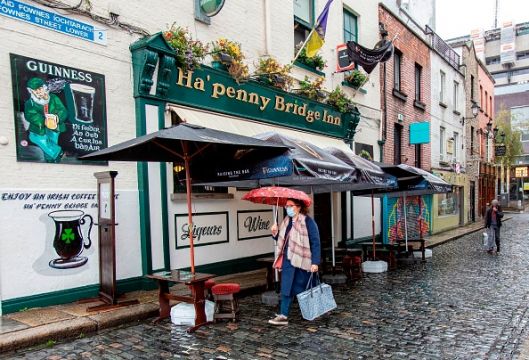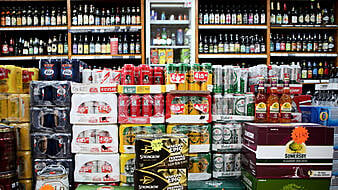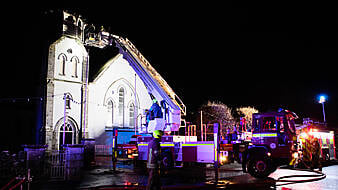Ireland has the fastest improving incidence of Covid-19 in Europe, with a 43 per cent drop in the past two weeks, according to the National Public Health Emergency Team (Nphet).
This comes as Nphet met on Thursday to discuss the ongoing Level 5 restrictions amid speculation the country will move to Level 3 restrictions in early December.
Thursday saw one more death related to Covid-19 recorded in the Republic and an additional 395 cases.
It brings the total number of deaths linked to the virus in the State to 1,965 with 66,632 cases, according to figures from the Department of Health.
There are currently 285 patients hospitalised with the virus, with 39 of those being treated in intensive care units.
The positivity rate among people tested for Covid-19 is now at 3.6 per cent. The World Health Organisation recommends the rate should remain below 5 per cent for at least two weeks before public health measures are relaxed.
More than 76,000 tests have been carried out in the State over the past seven days.
The 14-day incidence of the virus nationally is 145 cases per 100,000 people. Donegal has the highest county incidence at 281.4 and Leitrim has the lowest at 49.4.
In Europe, only Norway and Estonia have lower incidence rates than Ireland, according to the European Centre for Disease Control.
Northern Ireland
The Mid Ulster council district is the worst hit area in the North, with an incidence rate of 593.9 cases per 100,000 people over the last 14 days.
The next highest rate is in the Causeway Coast and Glens area, with 551.1 cases per 100,000.
On Thursday another 548 people tested positive for Covid-19 in Northern Ireland and 15 more deaths were reported, according to the region's Department of Health.
Dublin
The latest data shows the 14-day infection rate in Dublin is at 146.2 cases per 100,000 people, lower than eight other counties.
Within the city itself, infection rates vary. Dublin North West, an area that covers Smithfield, Phibsborough, Finglas and Blanchardstown, has the highest rate currently – 209.5 cases per 100,000 people over the last two weeks.
Dublin South, which covers Blackrock, Dún Laoghaire, Stillorgan and Shankill, has a rate of 67.6 cases per 100,000.
Reducing transmission
Ireland’s success is notable for the progress made in reducing transmission, according to deputy chief medical officer Dr Desmond Hickey.
The 14-day incidence has dropped 23 per cent in the past week. Only Belgium and Malta are also currently managing to reduce transmission.
Dr Hickey said that while cases were growing in most European countries there were signs of potential stabilisation in some.
HSE chief executive Paul Reid said Level 5 public health measures are “working” and that there had been a continued reductions in the number of Covid-19 cases.
But he warned: “As long as we have the virus and as long as we have the presence of the virus, it puts our healthcare system at risk.”
Speaking at an HSE briefing on Thursday, Mr Reid said: “We’re only halfway through, we’re only at half time in a very difficult challenge that we have over the next few weeks.
“Many a game, many a challenge are lost in a second half. We really need the public to stick with us.”
He added that “any slippage” could have a significant impact on the spread of the disease.
Mr Reid said it was far too early to determine either way whether people can travel at Christmas.
“Everything is far too early at this point in time to call either way.”







